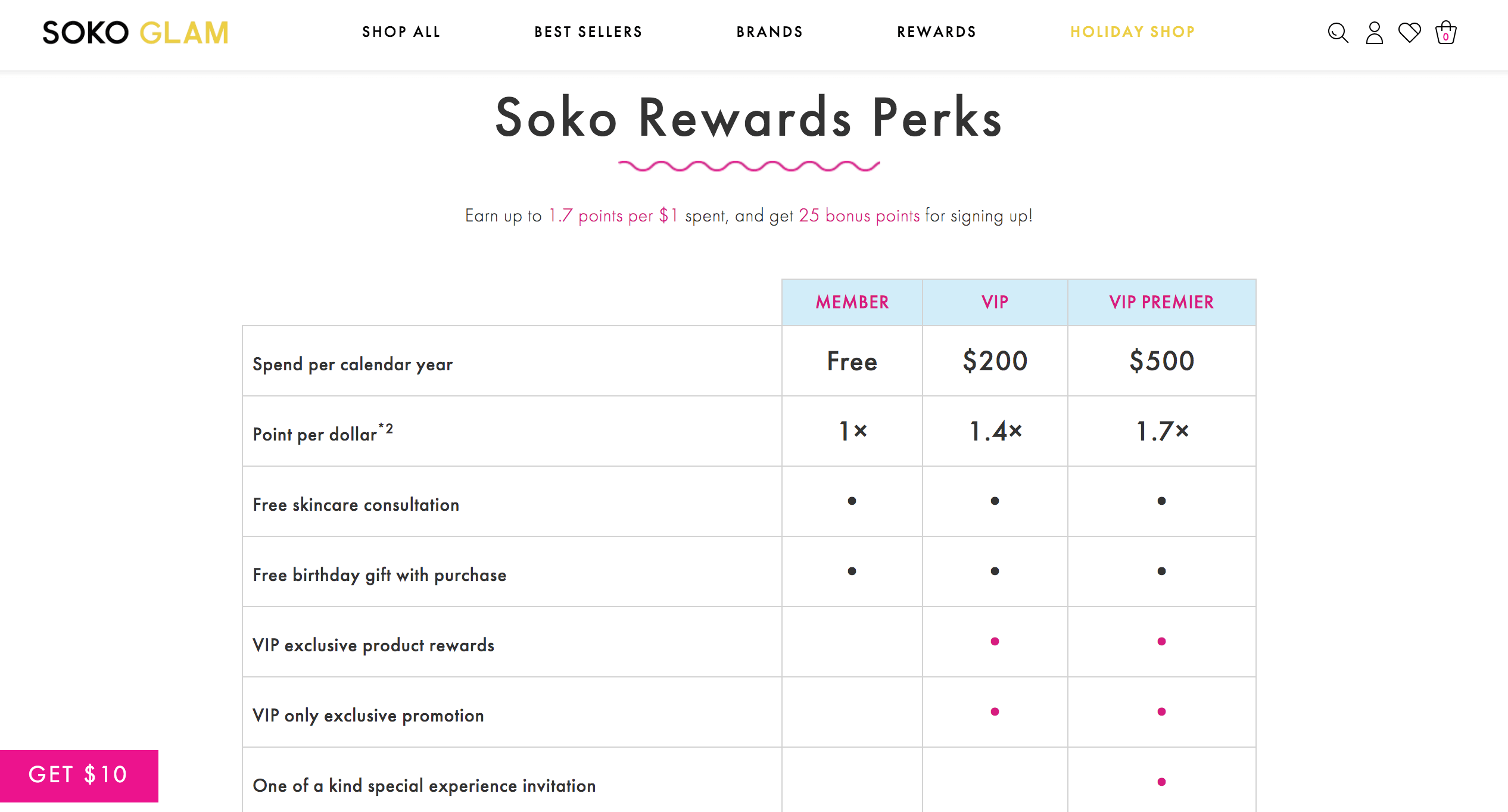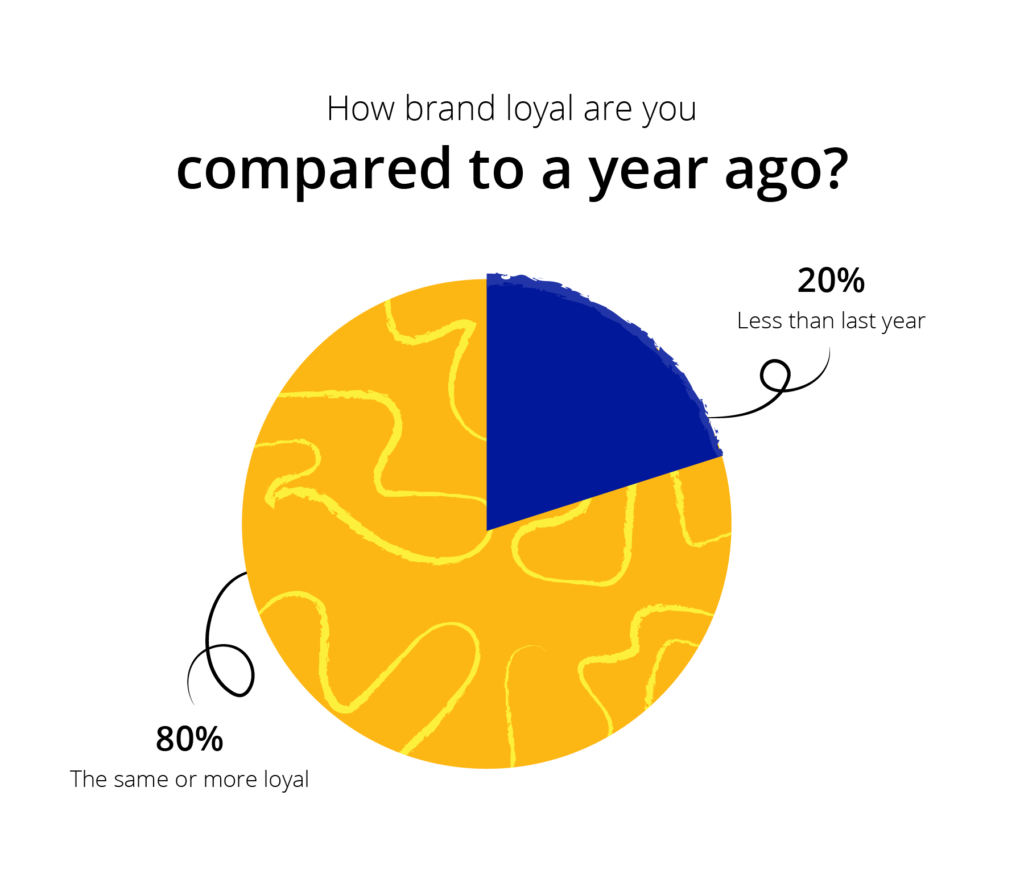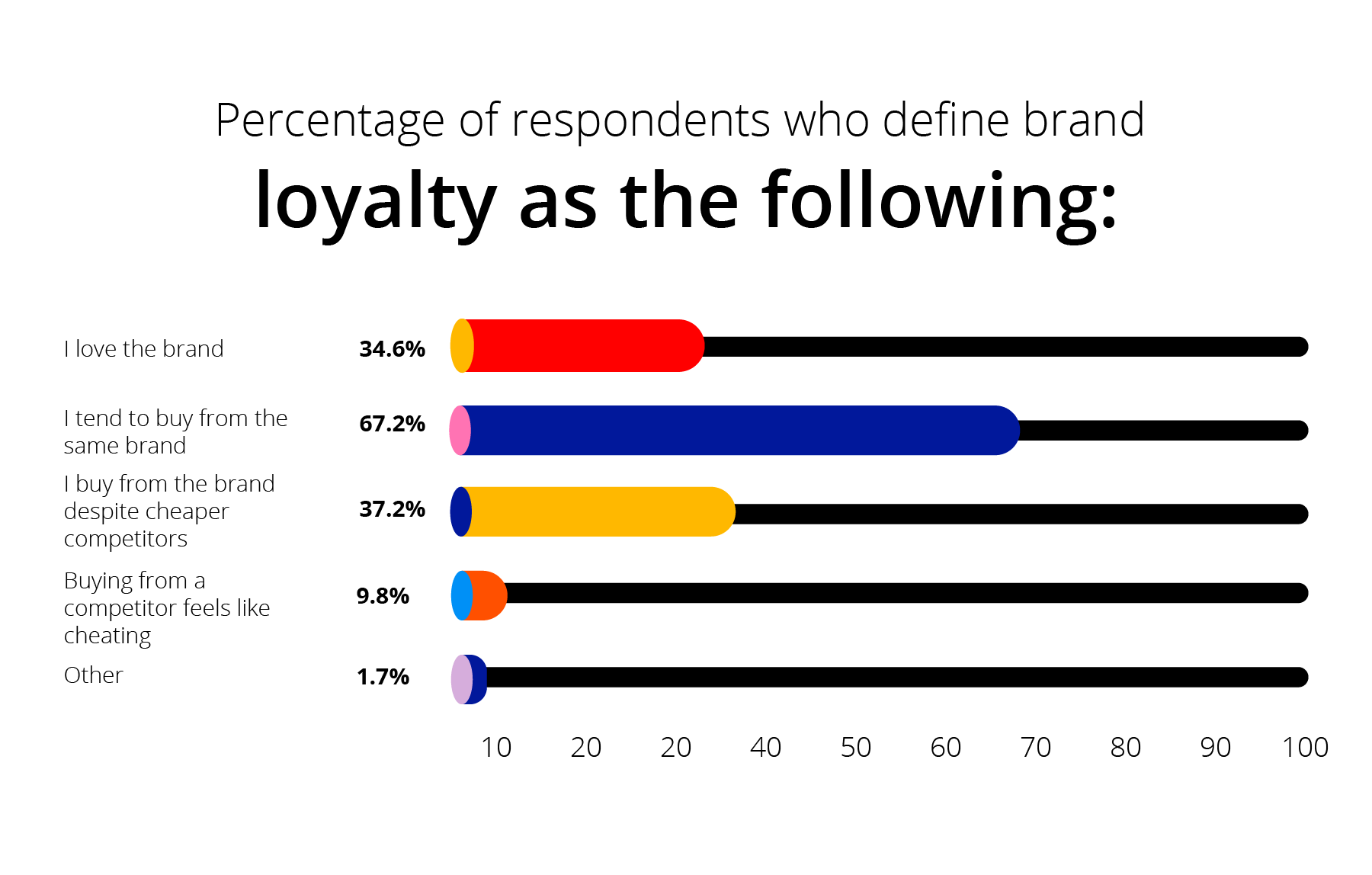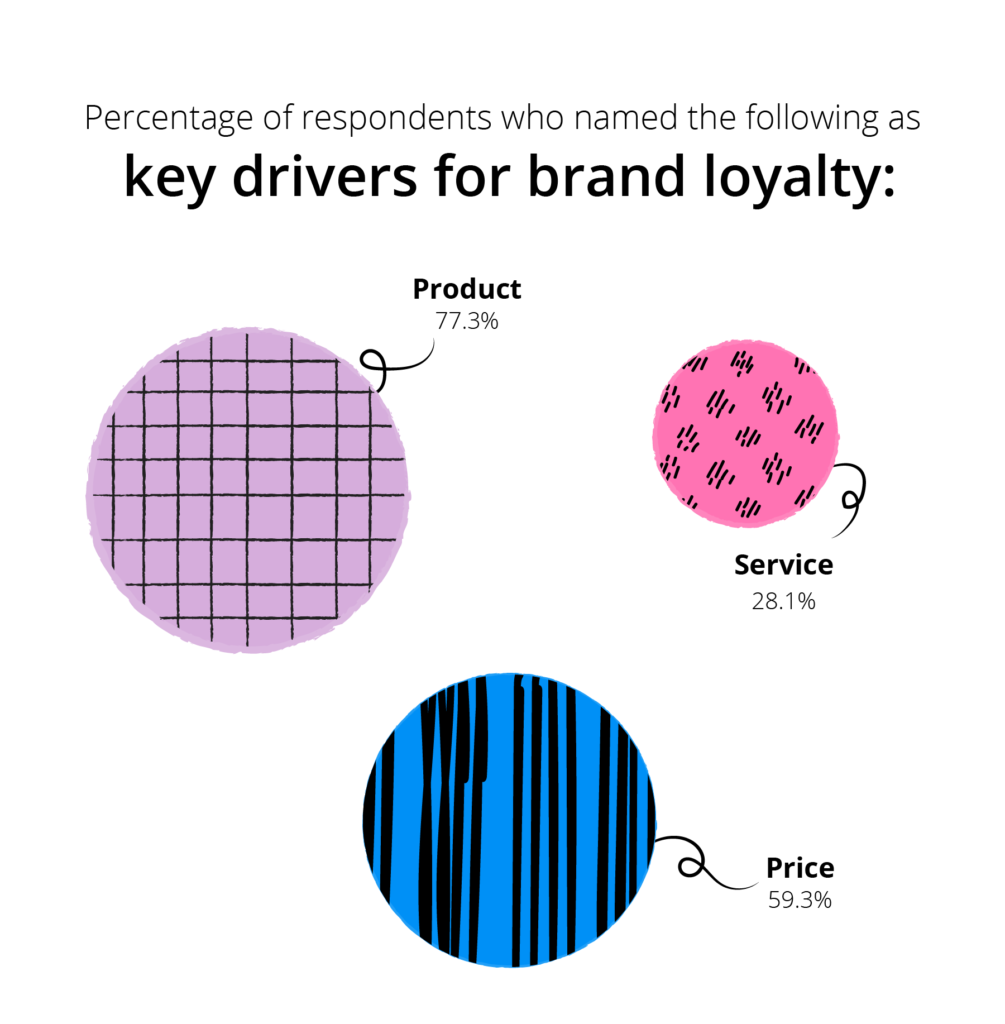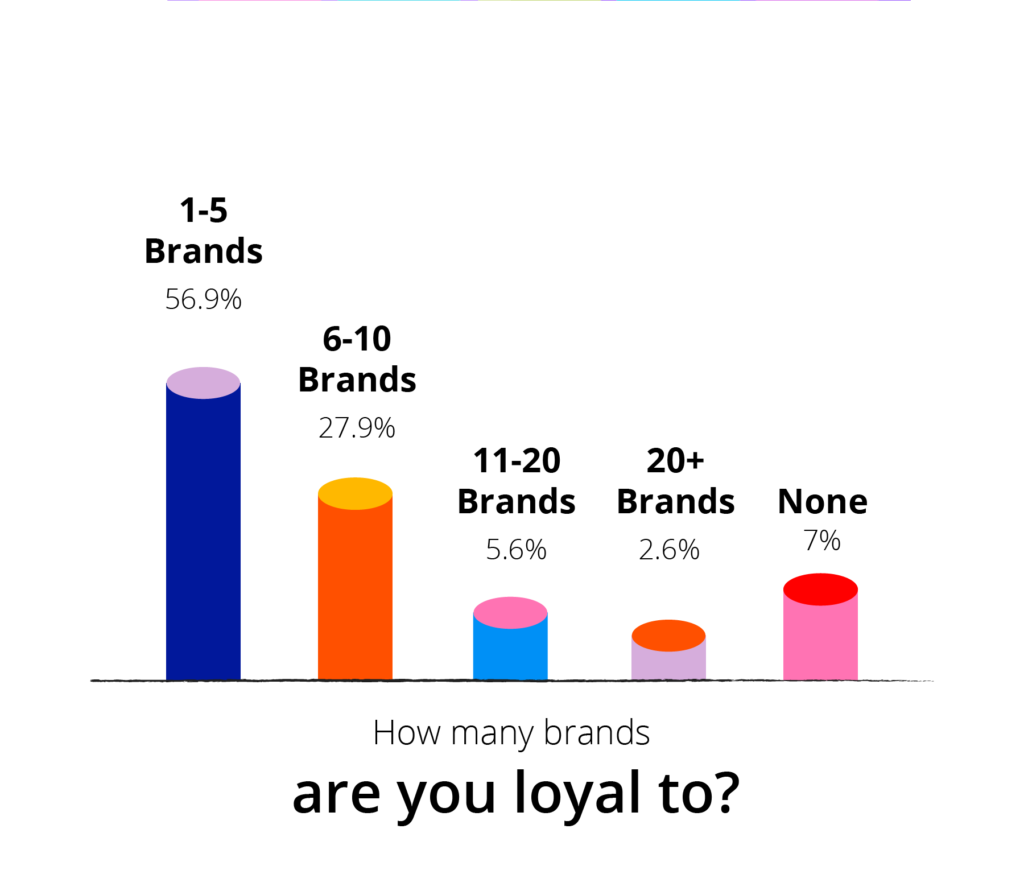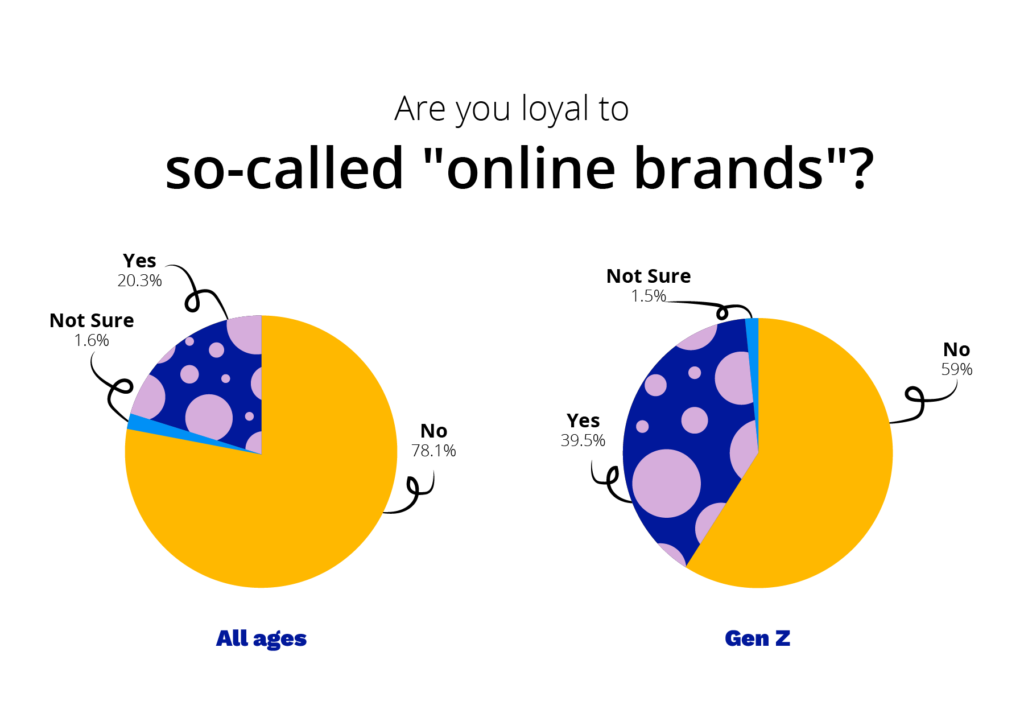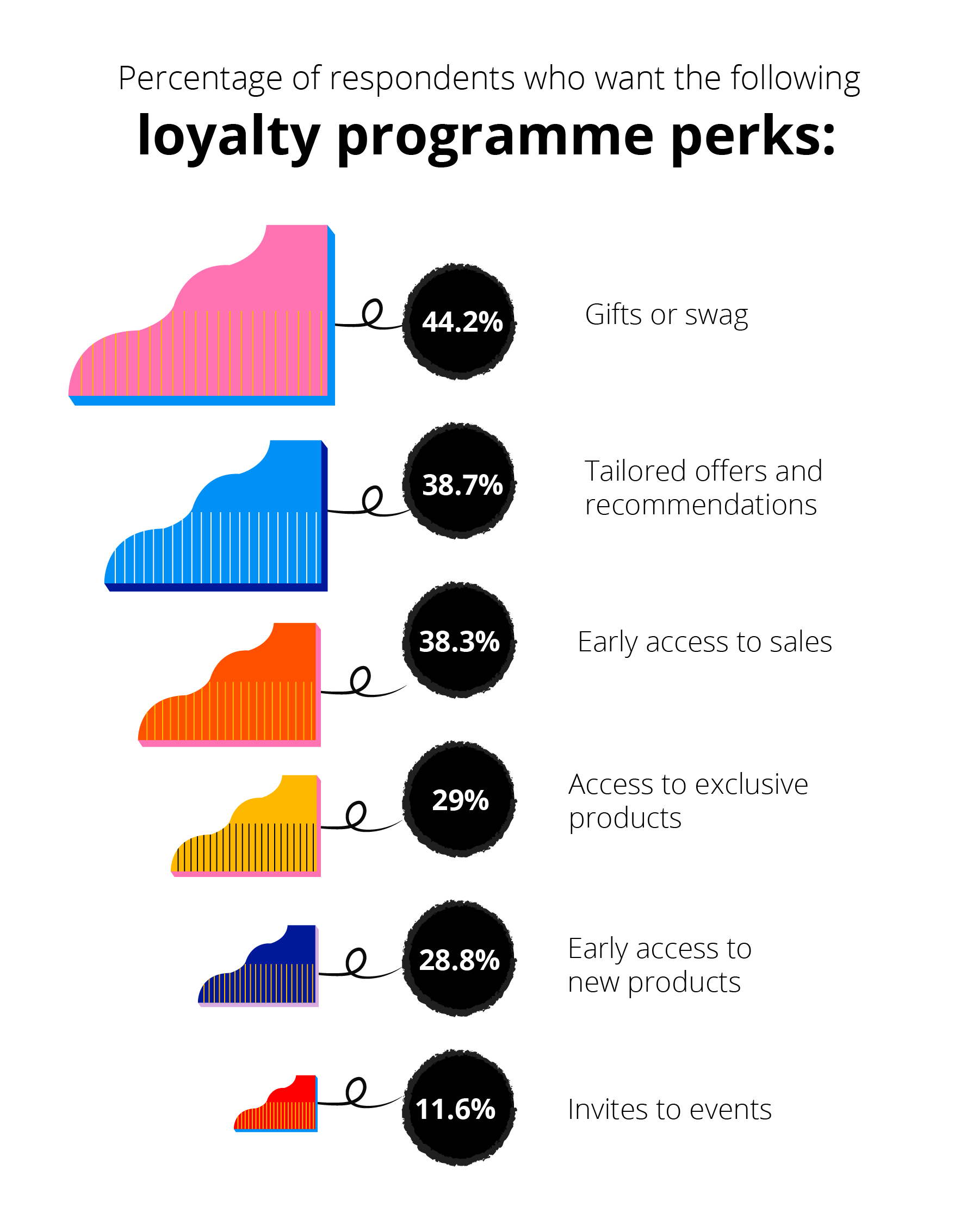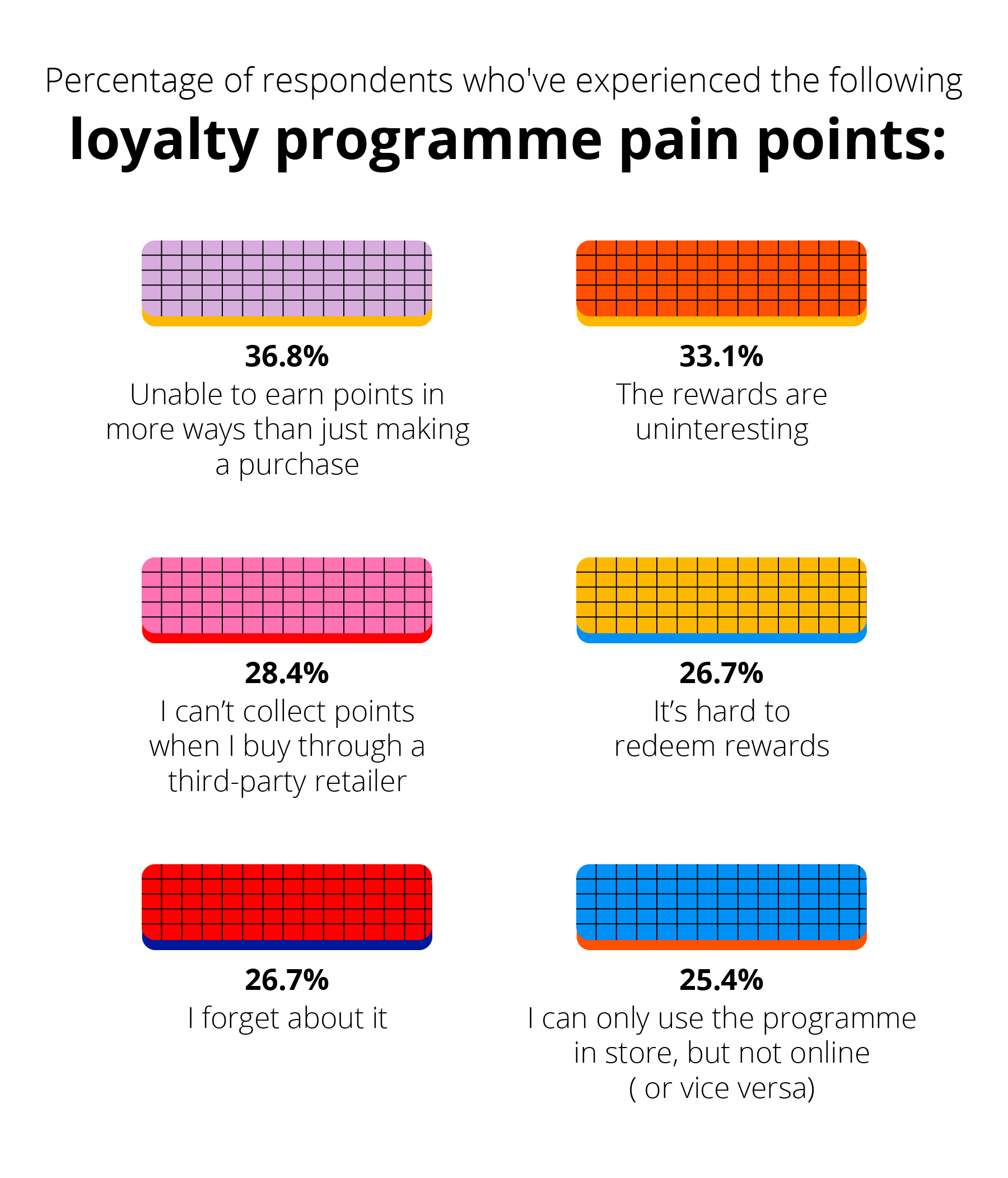Across the board, shoppers are seeking out seamless experiences and more interactive, personalised, and interesting loyalty programmes. The brands that have been able to build long-lasting loyalty despite the abundance of choice in the current eCommerce landscape are the ones that are going beyond the classic “punch card” transactional programmes and treating loyalty as an extension of their customer experience.
This chapter will share three ways to get creative about loyalty and give shoppers what they’re looking for.
1) Offer value beyond price:
While price and convenience will always be a factor, when 44.2% of shoppers are looking for gifts and swag, 36.8% want to earn points in more ways than just a purchase, and 33.1% find rewards uninteresting — it’s clear that shoppers are looking for more engaging interactions with brands.
When building your loyalty programme, get creative about how shoppers can earn and redeem points. For example, offer points to shoppers who submit a photo. This not only gives them a new touchpoint with your brand, but also provides you with powerful visual social proof that you can display on your site or on social.
For redemptions, offer unique gifts that are personal to your brand fans. Brazil-inspired Sol de Janeiro gives their loyalty programme members the option to use points toward branded “Team Bum Bum” t-shirts and hats (after their signature product and scent), keeping things interesting while building brand affinity.
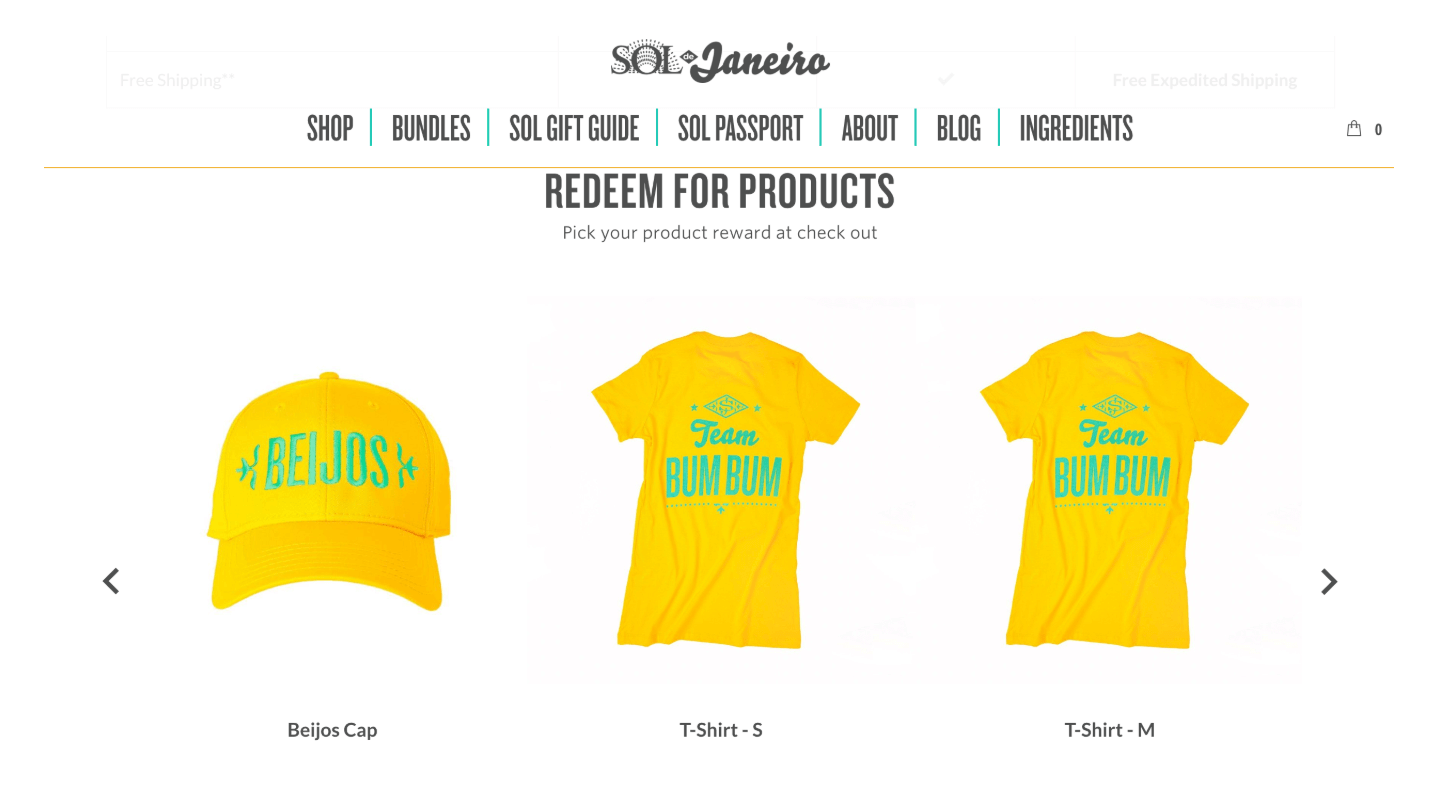
2) Omnichannel is the only way to go:
With more than a quarter of shoppers frustrated by their inability to use loyalty programmes both in-store and online, brands need to be wherever their customers are in order to succeed.
A study from IDC Retail Insights showed that running omnichannel strategies can result in a:
- 15-35% increase in average transaction size
- 5-10% increase in loyal customers’ profitability
- 30% higher lifetime value than customers using only one channel
Invest in a loyalty programme that integrates with your point-of-sale solution, so that customers who buy in-store can still accrue and redeem points online and vice versa.
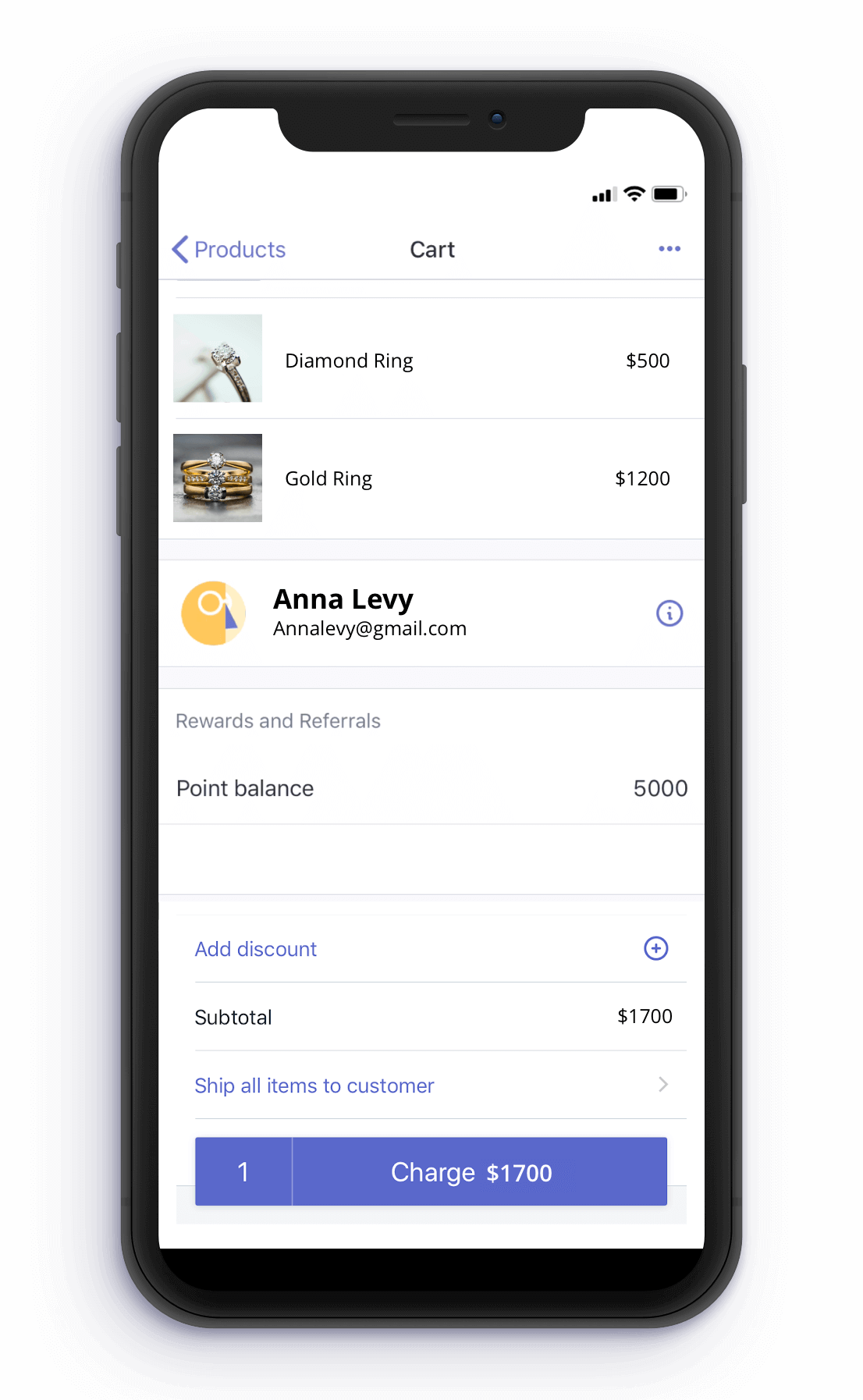
3) Give your customers the VIP treatment:
Shoppers reported wanting early access to sales (38.3%) and new products (28.8%) — and adding these perks to your loyalty programme makes members feel like they belong to an exclusive club with exclusive benefits.
When you make a point of creating VIP-only experiences, your customers learn that joining your loyalty programme affords them higher status with your brand. Korean beauty brand Soko Glam does a great job at offering increasingly exciting perks as members move up in their tiered VIP program. Making these perks exclusive to your most loyal customers is key: With authenticity at the core of your strongest customer relationships, repeat buyers need to know that their loyalty means more than a one-time purchase.
